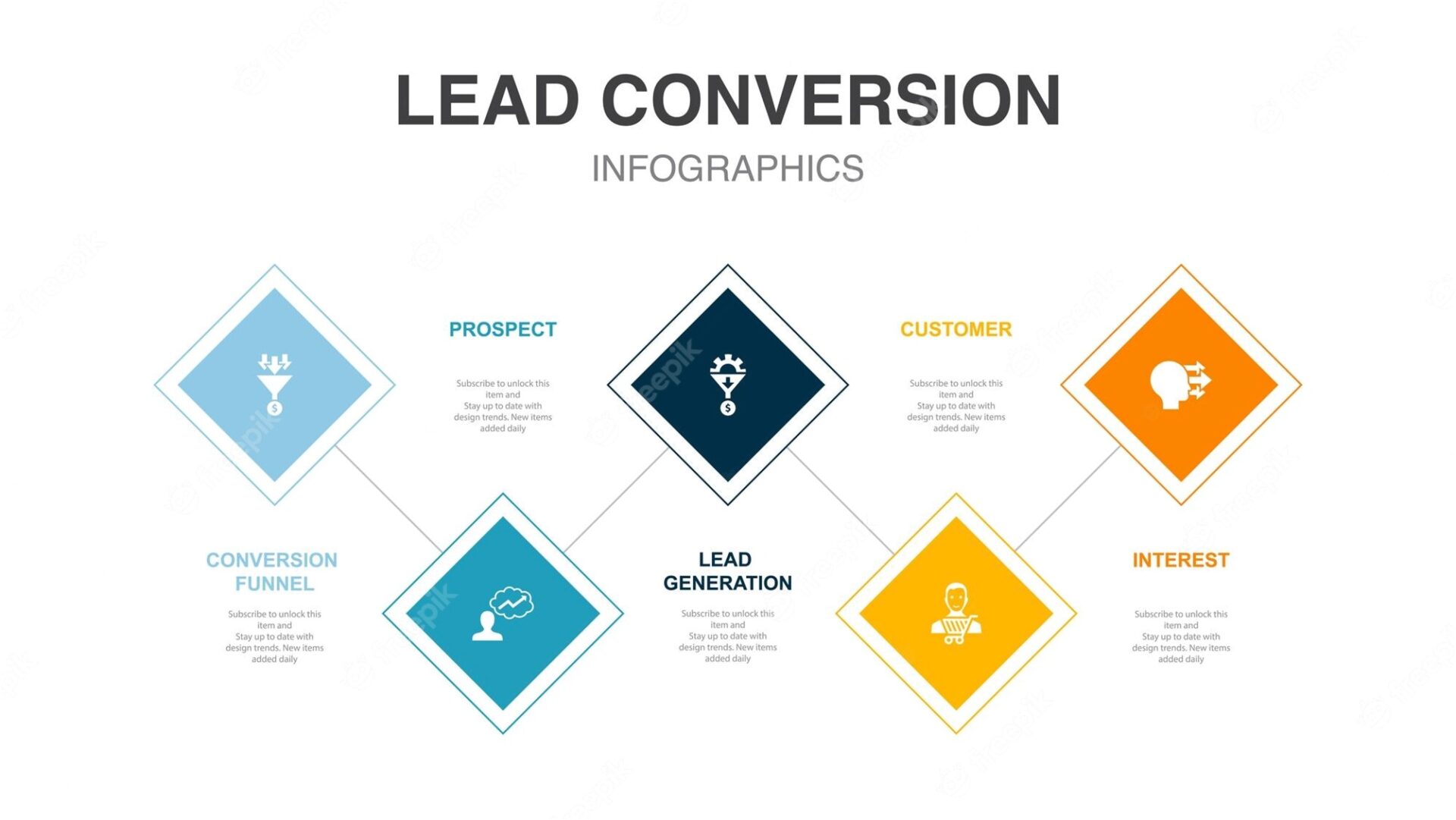Lead nurturing is an essential aspect of any sales process, but what exactly is it? Lead nurturing is the process of building relationships with potential customers by providing them with valuable information and relevant content at every stage of their buying journey. The ultimate goal of lead nurturing is to convert new customers into loyal customers. In this guide, we’ll dive deep into the world of lead nurturing and provide you with everything you need to know to boost your sales process like a pro.
Understand the lead nurturing process
To effectively nurture leads, you need to understand the different stages of marketing strategy. The first stage is awareness, during which the prospect becomes aware of their problem or need and begins to research potential solutions. The second stage is that of reflection, during which the prospect has identified the possible solutions and evaluates the marketing solution that suits him best. The final stage is the decision stage, when the prospect has made the decision to buy and is ready to take action.
It is essential to understand where your prospects are in their buying journey, in order to provide them with the appropriate content and information through specific marketing actions. For example, if a prospect is in the awareness stage, they may benefit from educational content such as: blog posts or white papers. These provide information about his problem or need. On the other hand, if they are in the decision stage, they can benefit from more sales-oriented content, such as case studies or product demos.
The benefits of lead nurturing
Lead nurturing has several relevant benefits for businesses. First, it helps build trust and credibility with potential customers. By providing valuable information and being helpful, marketers can position themselves as industry experts and build a relationship with their potential customers.
Second, lead nurturing can help increase conversion rates. By providing relevant content at every stage of the buying journey, companies can bring prospects closer to buying. Lead nurturing can also help shorten the sales cycle because prospects are provided with the information they need to make informed decisions.
Finally, lead nurturing can help improve customer retention rates. By continuing to provide valuable content and information even after the sale, businesses can put in place a strategy to keep their customers engaged and loyal.
Create an effective lead nurturing plan
To create an effective lead nurturing plan, you must start by defining your target audience. Who are your ideal customers, what are their problems and their needs? Once you have a good understanding of your target audience, you can create buyer profiles to guide your lead nurturing efforts.
Next, you need to define the content marketing for your lead nurturing campaign and maximize your marketing potential . What types of webmarketing or digital prospecting will you provide at each stage of the buying journey and how will you convey them to your prospects? Consider combining multiple types of content, such as: blog posts, white papers, videos, and email newsletters.
It’s also important to have a clear call to action (CTA) for each piece of content. What do you want your prospects to do after consuming your content? Do you want them to download a whitepaper, sign up for a demo, contact your sales team, or convert customers?
Lead Nurturing Best Practices
To ensure the success of your lead nurturing efforts, there are several best practices and marketing tools to keep in mind. First, make sure your content is relevant and useful for your lead acquisition. Avoid being too sales-oriented and instead focus on providing useful information and solving your prospects’ problems. This is the key to business success .
Second, be consistent in your communication with prospects. Don’t let your prospects get cold by not following up on them. Use email automation tools to regularly send emails to your leads and ensure your sales team follows up with leads in a timely manner.
Third, track your lead nurturing metrics to measure the success of your efforts. Which pieces of content resonate with your audience, and which fall flat? Use this information to refine and implement a lead nurturing strategy over time.
Lead nurturing automation tools
Lead nurturing can be a time-consuming process, but there are several automation tools that can help streamline your efforts. Email marketing automation tools such as: Mailchimp and Hubspot. These can help you send targeted emails to your potential customers at the right time. Marketing automation platforms such as: Marketo and Pardot can help you track the behavior of your potential customers after targeting. Same as providing them with the appropriate content on your website.
Customer Relationship Management (CRM) tools such as: Salesforce and Zoho can help you manage your potential customers and track their buying journey. By using these marketing tools or innovative marketing practices, businesses can save time and resources while providing a personalized experience to their potential customers.
Measure the success of your lead nurturing campaign
To measure the success of your lead nurturing campaign, you need to track several key metrics. First, track the open and click-through rates of your email marketing to see how interested your prospects are in your content. Second, track your conversion rates to see how many leads progress through the buying journey and become customers.
Finally, track your customer lifetime value (CLTV) to see how much revenue each customer generates for your business over time. By measuring these metrics, you can identify areas for improvement in your lead nurturing strategy, and optimize your efforts for maximum impact.
Common lead nurturing mistakes to avoid
There are several common lead nurturing mistakes that businesses should avoid. First of all, your content should not be too sales-oriented. Instead, focus on adding value and usefulness to your hot prospects. Second, don’t neglect your leads once you’ve converted them into customers. Keep providing them with helpful content and information to keep them engaged and loyal.
Third, don’t send generic, one-size-fits-all content to your prospects. Instead, personalize it based on their interests and behavior. Finally, don’t forget to follow your indicators and adjust your strategy if necessary. By avoiding these mistakes, businesses can ensure that their sales or lead nurturing techniques are successful.
Lead nurturing examples and case studies
To see the power of lead nurturing in action, let’s look at some examples and case studies. Hubspot, for example, uses lead nurturing to provide prospects with educational content at every stage of the buying journey. The company saw an 80% increase in leads and 33% increase in revenue from its lead nurturing efforts.
Another example is Marketo, which uses behavioral triggers to deliver personalized content to potential customers. Through its lead nurturing strategy, the company saw a 20% increase in sales-ready leads and 30% increase in revenue.
Conclusion: Mastering prospect nurturing to increase sales
In conclusion, lead nurturing is an essential aspect of any successful sales process. By understanding the different stages of the buyer’s journey, creating an effective lead nurturing plan, and using best practices and automation tools, businesses can supercharge their sales process like the pros.
By measuring the success of their lead nurturing efforts and avoiding common mistakes, companies can ensure that their lead nurturing strategy is optimized for maximum impact. So start nurturing your leads today and watch your sales or prospecting activities soar!
What is lead nurturing?
What are the benefits of lead nurturing for businesses?
How to create an effective lead nurturing plan?
How to automate the lead nurturing process?
How to avoid losing leads during nurturing?











